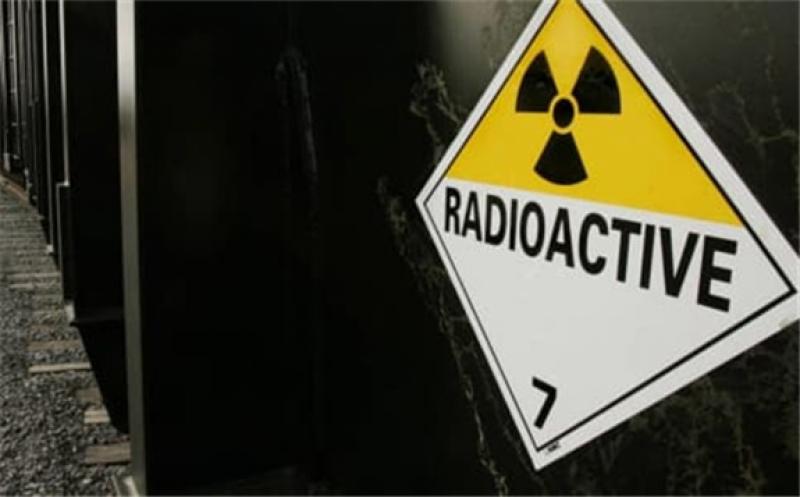
Three Mile Island, Fukushima, Chernobyl. While nuclear accidents are extremely rare, they loom large in the public conscience, making nuclear energy a hard sell for many constituents, despite its numerous benefits. Nuclear energy results in zero carbon emissions and is massively efficient, making it a potentially viable solution for combating climate change in our modern world, where energy demand is always growing. Yes, there are drawbacks. The astronomically expensive, not to mention hazardous, cleanup and maintenance of nuclear waste is a big one, but possibly even bigger is the public perception that the production of nuclear energy is fundamentally dangerous. Soon, that could all change thanks to a new development in fuel for nuclear reactors.
“Commercial reactors have used the same fuel for decades: small pellets of uranium dioxide stacked inside long cylindrical rods made of a zirconium alloy,” reports Scientific American. “Zirconium allows the neutrons generated from fission in the pellets to readily pass among the many rods submerged in water inside a reactor core, supporting a self-sustaining, heat-producing nuclear reaction.” the problem is, if zirconium overheats, it can have a chemical reaction with water, leading to an explosion. This is exactly what happened at both Three Mile Island in 1979 and Fukushima Daiichi in 2011, leading to a partial meltdown at the former and an explosion releasing radiation at the latter.
Now, scientists have finally found a solution. “Manufacturers such as Westinghouse Electric Company and Framatome are hastening development of so-called accident-tolerant fuels that are less likely to overheat—and if they do, will produce very little or no hydrogen,” says Scientific American. The article goes on to explain, “In some of the variations, the zirconium cladding is coated to minimize reactions. In others, zirconium and even the uranium dioxide are replaced with different materials.”
One of the major benefits of these new adapted fuels, in addition to their increased safety, is that they are already largely compatible with existing reactors, requiring only minor modifications in order to be implemented. This means that they could start being used in existing nuclear power plants as soon as the 2020s if all goes smoothly. As of now, these new fuel configurations are still being tested and will need to go through stringent bureaucratic processes in order to be approved by regulators, but these fuels already show great promise.
Not only will they be easy to implement, these new, safer nuclear reactor fuels “could help plants run more efficiently, making nuclear power more cost-competitive—a significant motivation for manufacturers and electric utilities because natural gas, solar and wind energy are less expensive.”
This is a particularly salient benefit in the United States, where nuclear power has been struggling to stay competitive in a market flooded with cheap energy, particularly the ultra-inexpensive natural gas gushing out of West Texas’ Permian Basin. The industry in the U.S. has seen slimmer and slimmer profit margins in recent years, and has even become dependent on government subsidies in many states to stay afloat.
Nuclear may be down in the U.S., but it certainly isn’t out. There have been a number of recent advances in the industry that give hope to the nuclear power sector in the United States, which is still the largest in the world, supplying about 30 percent of global nuclear power. Scientists have started using partially autonomous robots to do the most dangerous parts of cleanup, and newer, smaller reactors have made it possible to design and build plants offsite, making the process less expensive and more efficient. On top of this, the United States has enough uranium domestically to keep the country powered for hundreds of years.
While nuclear has been struggling in the United States, in some corners of the globe, nuclear power is actually expanding rapidly. Russia and China are both investing aggressively in their own nuclear power industries, meaning that even if the United States is unable to turn its ailing nuclear sector around, there will still more than likely be a significant potential customer base for these safer, more efficient forms of fuel.